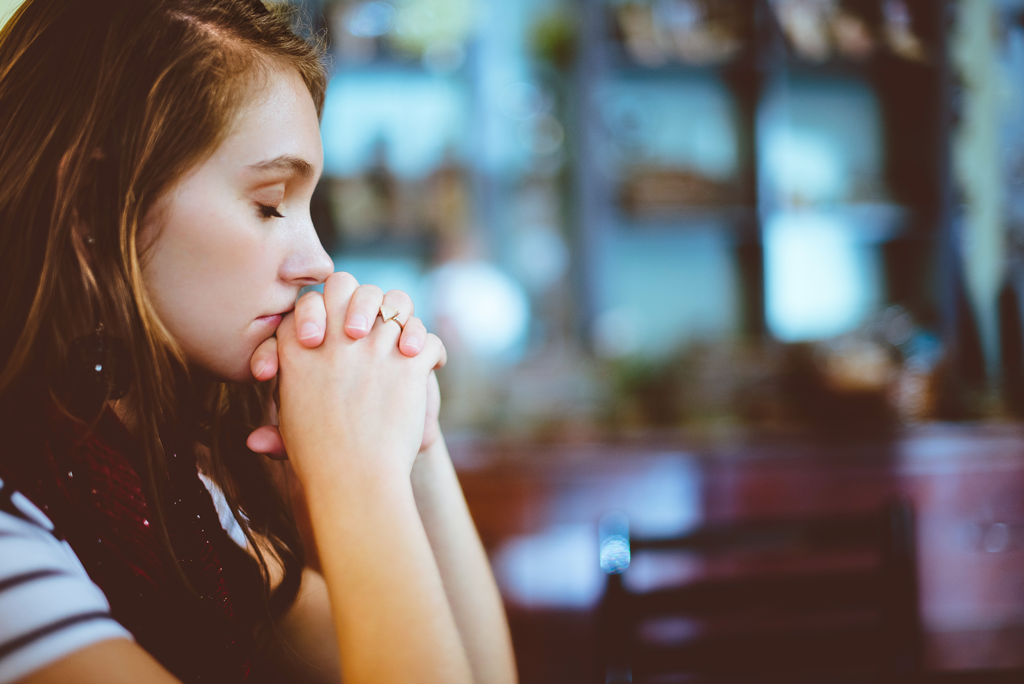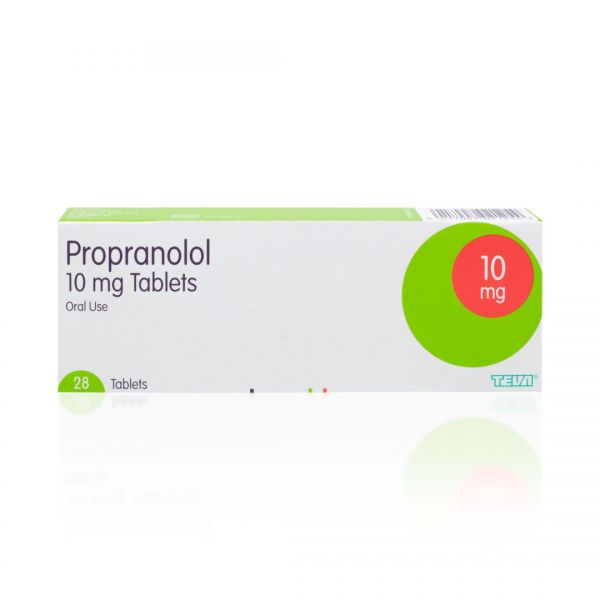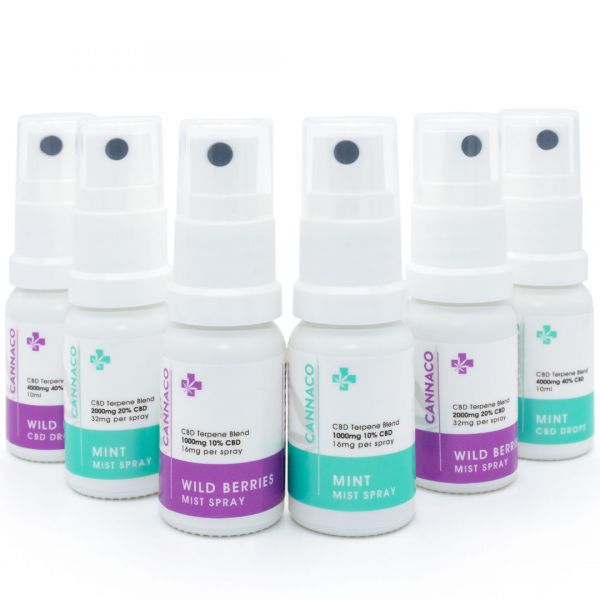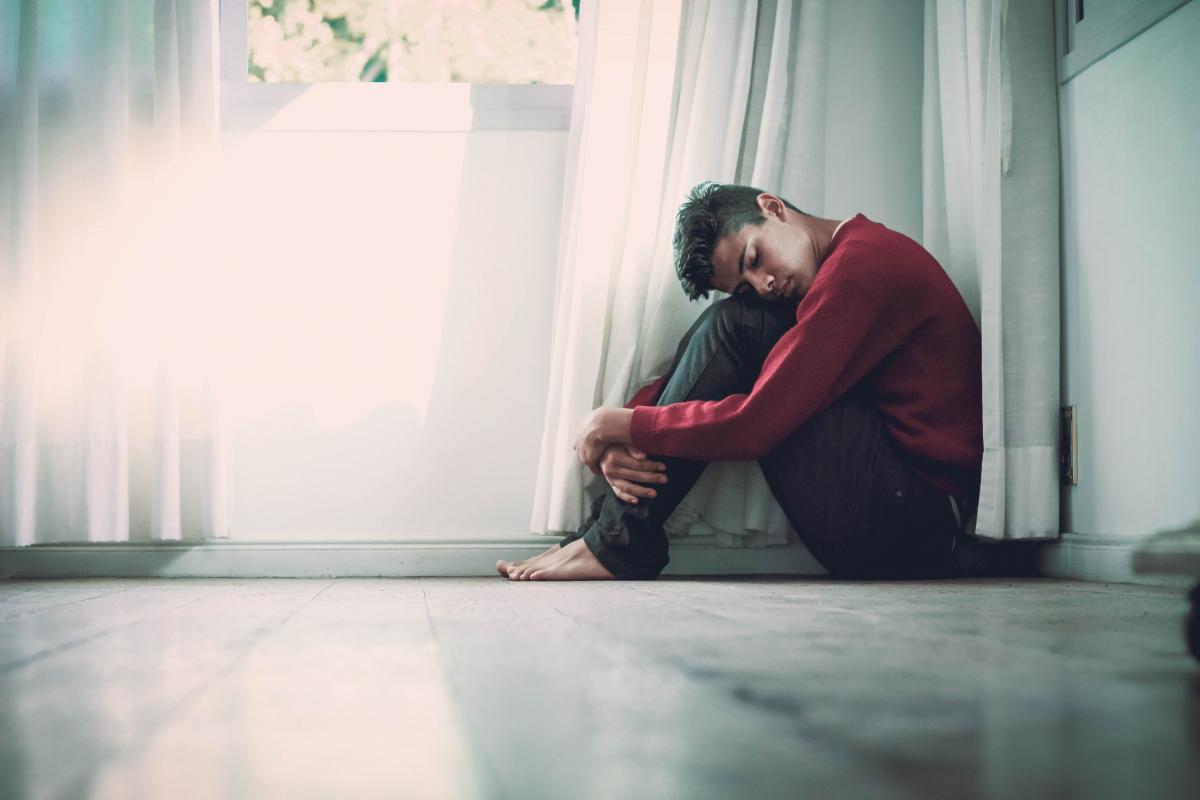The past few months since the COVID-19 pandemic began has been an anxious time for all of us, but if you already suffer from an anxiety disorder this can be a crippling time for you.
Panic attacks, separation anxiety, social anxiety, and generally feeling anxious have all been heightened by the current crisis. If this sounds like something you’ve been experiencing then read on to find out more about how you can deal with these types of anxiety, now, and in the aftermath of lockdown.
Below are some types of anxiety you may have experienced recently.
Types of anxiety
Generalised anxiety disorder (GAD)
Feeling anxious is a perfectly normal response to things like a job interview or exam, however, when anxiety becomes an everyday feeling in response to a range of situations then it’s likely that you’re suffering from an anxiety disorder. Generalised anxiety disorder can consume your life making you feel extreme worry and fear over things that shouldn’t normally be a threat. You may struggle to relax and feel constantly worried and anxious everyday which can be exhausting.
You may be aware that your worries are irrational but it’s difficult to control these worries. Lack of sleep, difficulty concentrating, feeling irritable, fatigue and exhaustion, digestive problems, shaking and sweating a lot, and rapid heartbeat, are all signs of generalised anxiety disorder.
Separation anxiety
Separation anxiety is something that’s often associated with children who struggle to be separated from their parents, but this can also happen in adulthood when a person struggles to be apart from a particular loved one or someone that they’re close to, this can result in extreme anxiety upon separation. What we’ve experienced in the past few months can certainly be a trigger for separation anxiety. Being in lockdown and isolated from the people we’re attached to for a long period of time is enough to give anyone anxiety, but if separation anxiety is something you struggle with in normal everyday life, then this is enough to set off extreme symptoms of this anxiety disorder.
Separation can manifest itself through a number of psychological and physical symptoms. Fear, distress, worry, and panic of the extreme when being left alone or separated from a person are common psychological symptoms of separation anxiety. They may need to know where the person they’re attached to is at all times and feel physical symptoms when they’re not around such as nausea, a sore throat, headache, and general aches and pains. Those with separation anxiety disorder may feel unsafe when they’re not with their loved one, and with the added threat of coronavirus, the worry, fear, and feeling unsafe is intensified. In extreme cases, the person with the anxiety disorder has a seriously unhealthy attachment to the person they’re close to.
The overwhelming fear of being without their loved one can often make the sufferer withdrawn, and it may impair social activities and lead to depression.
Adult separation anxiety disorder can stem from childhood or if the person has had a traumatic event such as the death of a loved one. Separation anxiety is often intertwined with other anxiety disorders such as social anxiety disorder and post-traumatic stress disorder (PTSD).
Social anxiety
The lack of social interaction during lockdown may have made you anxious at the thought of entering back into normality and having to socialise again. Social anxiety disorder is an overwhelming fear of social situations, you may worry about simple everyday social activities and try and avoid them as much as you can. It can often produce physical symptoms such as sweating, nausea, shaking, and palpitations when faced with a social situation.
Again, the current crisis has had an effect on social anxiety. Simply going to the supermarkets for essentials has become highly stressful and something to be feared for some people. Being physically social has been banned for quite a long period of time so it’s understandable that people are apprehensive, even anxious about socialising again.
On the other hand, if you’re a long term sufferer of social anxiety then you may have been grateful for the lack of social interaction, and you may be more worried about returning to the normal social environment. This is completely understandable and if your social anxiety disorder is holding you back or having a detrimental effect on your everyday life, speak to your GP as there is help available. There are also ways of managing your anxiety which we’ll discuss later in the blog.
Situational anxiety
Social anxiety and situational anxiety may overlap. Situational anxiety is anxiety that is triggered by specific situations, again this could be feeling anxious going to the supermarket, being in crowded places, or when a major life event happens such as your wedding. It’s important to say that anxiety is a normal human emotion but it becomes a disorder when this anxiety is extreme, constant, and is in response to something that isn’t necessarily a threat or something to be feared. When faced with something a person with this anxiety disorder considers a threat, it induces overwhelming panic, and symptoms such as nausea, palpitations, trembling and sweating, etc.
Panic disorder
Panic disorder is anxiety that is accompanied by panic attacks. If you’ve ever felt a sudden rush of symptoms that involve shortness of breath, a racing heartbeat, sweating, chest pain, nausea, tingling, and dizziness that sometimes comes on for no apparent reason it’s likely that you’ve experienced a panic attack. The symptoms of panic attacks vary from person to person and those living with panic disorder may recognise when they’re having an attack. It can be a very frightening experience for the person having a panic attack and those around them. Without help, panic attacks can be hard to control, they can strike out of the blue, and often anxiety develops at the thought of having an attack and it becomes a vicious cycle.
How to handle anxiety disorders

The coronavirus ordeal has and continues to be a traumatic event for many people and could worsen anxiety disorders or trigger anxiety disorders so it’s important to find ways of managing this anxiety. There are a range of talking therapies such as cognitive behavioural therapy (CBT) which can help you work through this disorder long term and help you to change your negative ad anxious thought process. However, if you can’t get access to these at the moment, there are some self-help methods to help calm your symptoms and manage the disorder.
Identify your triggers
Finding your triggers is the first step in managing your anxiety disorder, this may be more difficult when it comes to generalised anxiety disorder as there may be a range of triggers or these triggers may change day to day and can be hard to pinpoint. Writing a diary with how you were feeling and what was causing you to feel that way on a particular day can help you keep track of your anxiety, you may notice a pattern when you look back and spot the triggers that way. Once you know what is triggering your anxiety you can prepare yourself and practice your coping strategies before you’re faced with the trigger so you can avoid potential anxiety attacks.
Practice relaxation
Relaxation techniques work well to calm the mind and physical symptoms. Meditation, yoga, mindfulness, and deep breathing are all recognised ways of managing anxiety. Taking up yoga is a great way to include all of these relaxation techniques. It is proven to reduce anxiety by working on the physical and psychological symptoms. Not only does it promote calm and positive thoughts as well as clearing the mind of anything that is making you worried or stressed, but it also relieves muscle tension that may be causing you pain. Practicing yoga regularly can significantly reduce anxiety.
Deep breathing
Breathing is highly underrated, it’s something we do without thinking but the way in which you breathe can really affect the physical symptoms of anxiety. When we’re anxious or stressed we tend to breathe shallower meaning we don’t take in enough air and this can induce panic as we feel like we can’t breathe, and could lead to hyperventilation. Instead, taking slow deep breaths increases the supply of oxygen to the brain which prompts the release of endorphins which are chemicals produced by the central nervous system to reduce pain and boost feelings of pleasure. Deep breathing calms the nervous system by slowing down your heart heat, reducing blood pressure, and reducing levels of stress hormones such as adrenaline and cortisol.
Diaphragmatic breathing is what we should aim to be doing, this means breathing from your abdomen rather than your chest which makes you breathe faster and shallower. Breathing exercises to reduce stress and anxiety involves breathing in slowly and deeply through the nose, keeping the shoulders relaxed, and breathing out through the mouth with lips slightly pursed, repeat this for several minutes. Practicing this on a daily basis and when you feel anxious is more beneficial for managing your anxiety long term.
Medication to treat anxiety
Some people don’t like to rely on medication to treat their anxiety, and while it doesn’t have to be the first port of call when it comes to managing the condition, it can certainly help with symptoms especially when combined with the above techniques. Taking medication for anxiety and depression should always be discussed with your doctor first. As with all medication, there may be some side effects, but for many people taking medication allows them to be in control of their condition. Medicines known as antidepressants are usually given to treat the psychological symptoms of anxiety either short term or long term. Antidepressants can take several weeks before you start feeling better and you may have to try different types before you find one that is right for you.
Other types of medicines include beta-blockers for anxiety. Although beta-blockers are more commonly prescribed to lower blood pressure, they’re also used to treat certain types of anxiety such as situational anxiety because of the effects this type of drug has on the body. Propranolol is a type of beta-blocker and works to treat the symptoms of anxiety rather than the cause by reducing heart rate, shaking, and palpitations, it does this by blocking the effects of stress hormones. Propranolol helps to put your body into a calmer state when your anxiety peaks. Propranolol is available to buy at Doctor 4 U, our certified doctors can provide a prescription and ensure that this medicine is suitable for you based on your consultation.

Can CBD treat anxiety?
CBD, otherwise known as cannabidiol, is derived from the cannabis plant and has gained a lot of attention for its health benefits. Although it’s not licensed to treat medical conditions, the anecdotal evidence is there from many people reporting the health benefits of this substance, plus you can’t escape the surge in CBD skincare, beauty products, and even food. CBD is everywhere at the moment and one of the popular uses of CBD is for anxiety relief. There is growing interest in CBD for anxiety relief, and although there isn’t enough scientific evidence, many people claim that it has helped them manage their anxiety even more so than other methods. However, it should never replace your medication but if you think it may work for you and you’d like to try it, visit our CBD page to find out more and browse our range of CBD products.











